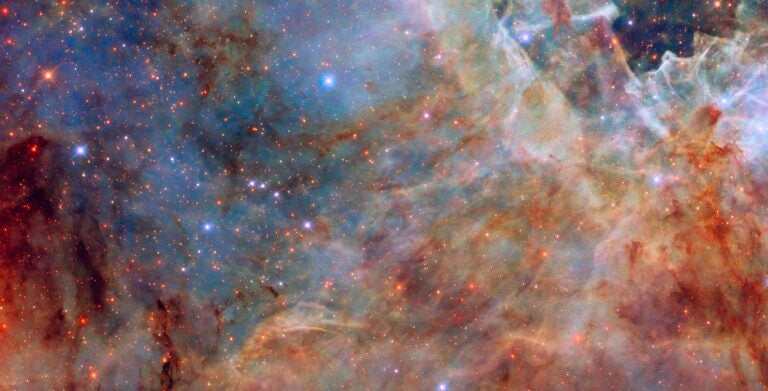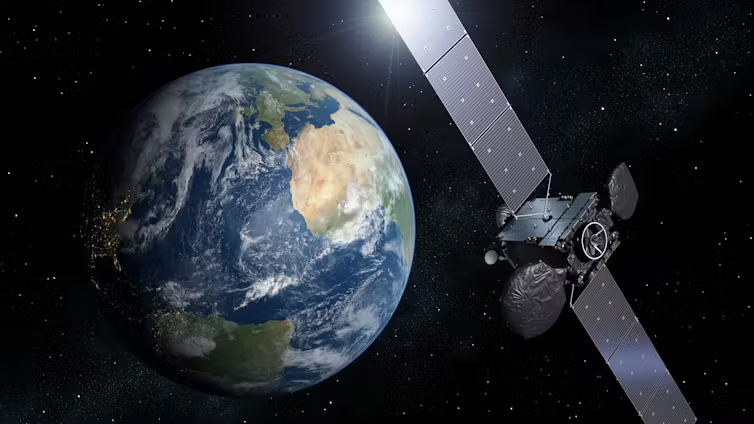Ivester notes, “I’ve always believed that when a new or old observer has a list [of objects to observe], they are much more likely to stay involved with amateur astronomy. I call this observing with a purpose. Without it, many lose interest.”
Ivester is right. If all you do is go outside now and then for a quick peek at the Moon, one of the planets, or a showpiece deep-sky object or two, you won’t be an active backyard astronomer for very long. With a reachable goal or purpose, such as observing all of the objects in the Messier catalog, you have an incentive to become wholeheartedly engaged in the hobby. Through its various observing programs, the Astronomical League provides those incentives.
The Astronomical League offers to its members nearly 50 goal-oriented observing clubs that accommodate a diversity of observing skills and equipment, from novice using only the unaided eye to veteran working with a huge Dobsonian telescope. Individuals who complete each program send a copy of their observations to the program coordinator for verification and, upon acceptance, receive a certificate and award pin. Who says only sports-oriented leagues give out awards?
To illustrate a typical Astronomical League observing program, let me describe my own experience with the one devoted to double stars. The goal is to put together a logbook that includes sketches and descriptive notes for the 100 showpiece pairs on the program list. Over the years, I’ve viewed more than 1,500 double stars, including almost all of these 100. Instead of assuming a “been there, done that” attitude, I embraced the challenge. In the process, I reacquainted myself with double stars I hadn’t seen in years. Viewed with a more patient, trained eye, they looked more beautiful than ever. The moral of this account? Even an Astronomical League observing program designed for the novice or intermediate observer can benefit the seasoned telescopist.
What next? The Carbon Star Observing Program looks pretty interesting. In recent years, these ruddy-hued gems have seen an upswing in popularity. Programs devoted to deep-sky binocular targets, lunar observing, meteors, and globular clusters might be worth looking into. The Astronomical League even has a Sketching Observing Award. Fans of Erika Rix’s column (myself included) should have fun with that one! Maybe I’ll really challenge my observing skills by tackling the Herschel 400 Observing Program — that should keep me busy for a year or two … or three. Decisions, decisions!
If astronomical ennui has you sidelined, look over the list of Astronomical League observing programs on its website (www.astroleague.org) to find one (or more) that interests you. If you’re not already an Astronomical League member, consider joining. Its website lists the many member benefits (besides the observing programs) that the Astronomical League offers. Individuals not associated with an astronomy club or who belong to one not affiliated with the Astronomical League can join as a Member-at-Large. As Ivester and I would say, get a list and bring new purpose to your backyard observing.
And on a quick side note, in my August 2013 column, I described the “Butterfly Alphabet,” a remarkable poster showing all the letters of the alphabet, plus numerals 0 through 9, as found in patterns on the wings of butterflies and moths. I asked readers to send me astroimages that might be applied to a “Cosmic Alphabet” (my thanks to those of you who did). To complete the project, I still need the letters (capitals, please) B, D, F, and R, and the numbers 2 and 4. See what you can come up with, either on images you’ve taken or from those gleaned off the Internet (public domain, please) and forward them to my email address below.
Questions, comments, or suggestions? Email me at gchaple@hotmail.com. Next month: A tour of Astronomy.com. Clear skies!










